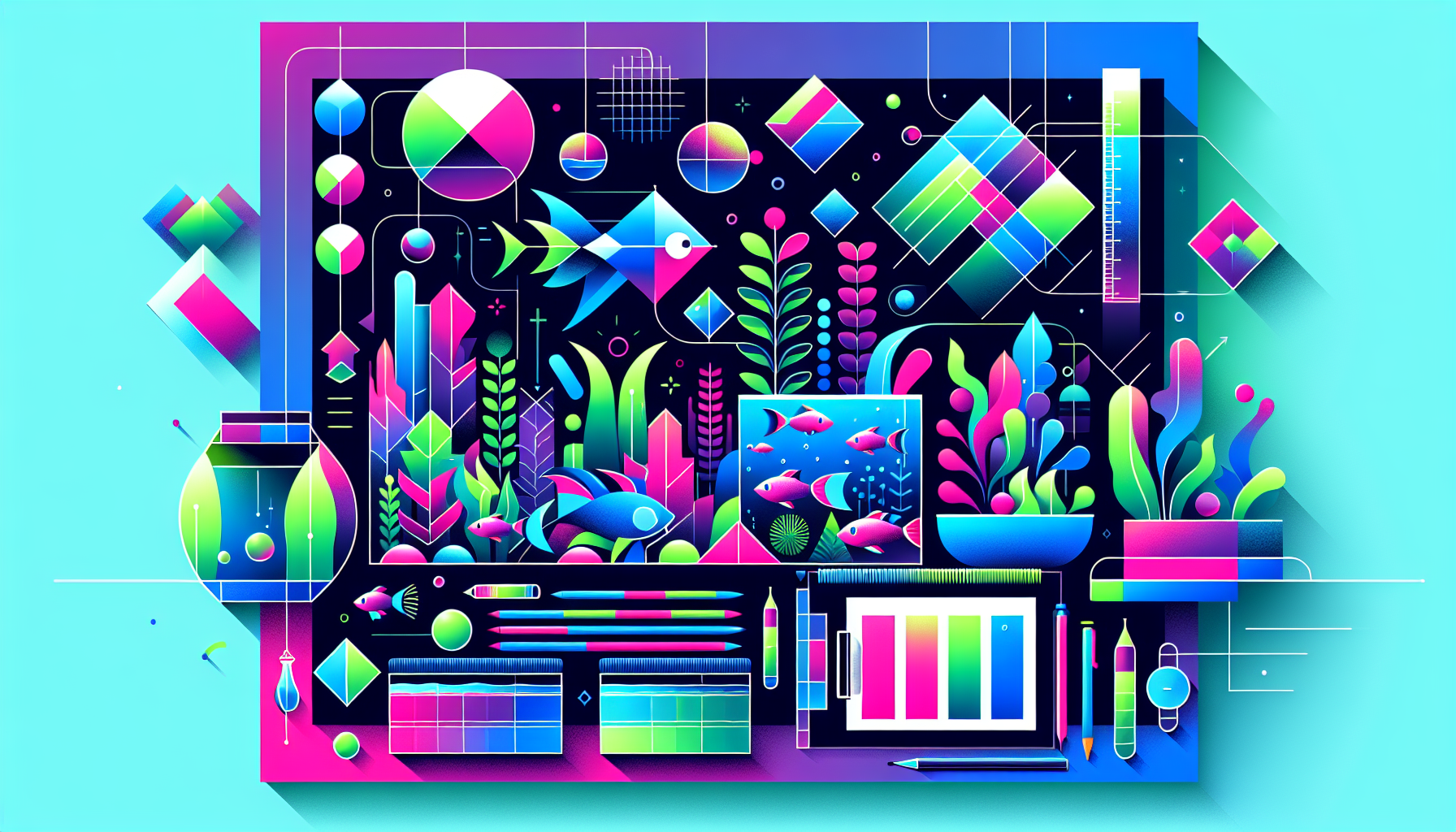Beginner’s Guide to Aquascaping: Tips, Tools & Step-by-Step Setup
Are you curious about the art of aquascaping or looking to transform your aquarium into a stunning underwater landscape? Whether you’re new to planted tanks or seeking to fine-tune your skills, this beginner’s guide to aquascaping covers everything you need: from essential tools to design tips and a step-by-step setup process. Let’s dive into the vibrant world of aquascaping!
What Is Aquascaping?
Aquascaping is the creative arrangement of plants, rocks, wood, and substrate in your aquarium to mimic natural landscapes or artistic concepts. More than just adding plants to water, aquascaping combines horticultural skill and design to create living works of art, making your fish tank both functional and beautiful.
Popular Aquascaping Styles
- Nature Aquarium: Inspired by natural sceneries, trees, and hills.
- Iwagumi: A minimalist, stone-focused style for a serene effect.
- Dutch Style: Focuses on colorful plant arrangements with less hardscape.
Essential Aquascaping Tools & Materials
Having the right tools makes aquascaping easier and more enjoyable. Here are basic supplies every aquascaper should have:
- Aquarium glass tank: Choose a size that fits your space and vision.
- Substrate: Nutrient-rich soils or gravel support healthy plant growth.
- Filtration system: Ensures clear, clean water for plants and fish.
- CO2 system (optional): For faster, lush plant growth.
- Lighting: LED fixtures or fluorescent lamps, suitable for plant needs.
- Aquascaping tools: Scissors, tweezers, and planting sticks.
- Hardscape: Rocks, driftwood, and decorative elements.
- Aquatic plants: Choose beginner-friendly species like Anubias, Java Fern, and Cryptocoryne.
Learn more about essential aquascaping tools in our dedicated guide.
Step-by-Step Aquascape Setup for Beginners
Follow these simple steps to craft your first aquascape:
1. Plan Your Aquascape Design
Sketch your layout or use aquarium design software. Decide on focal points, plant types, and hardscapes. Consider the classic rule of thirds to create a balanced layout.
2. Prepare the Aquarium
- Clean the tank with water (avoid soap or chemicals).
- Install background panels if desired.
3. Add Substrate
Layer nutrient-rich soil first, then top it with decorative sand or gravel. Create depth by sloping the substrate from back to front.
4. Arrange the Hardscape
Position rocks and driftwood to anchor your design. Experiment until you’re satisfied, as rearranging is easier before adding water and plants. For inspiration, check our beginner aquascape layouts.
5. Plant Aquarium Plants
- Use tweezers to plant roots deeply.
- Place foreground plants in front, midground in the middle, and tall stem plants in the back.
- Mist plants with water as you work to keep them moist.
6. Fill with Water Carefully
Place a plastic bag or plate over the substrate and pour water gently to avoid disturbing your layout.
7. Install Equipment
Attach the filter, heater, CO2 system, and lights. Set a timer to maintain a consistent photoperiod (8-10 hours per day is ideal for most plants).
8. Cycle the Aquarium
Before adding fish, cycle your tank to establish beneficial bacteria. This process can take 2-6 weeks. Learn more about aquarium cycling to keep your aquascape healthy.
Simple Aquascaping Tips for Success
- Start small: Focus on a manageable tank size (10-20 gallons is ideal).
- Choose hardy beginner plants.
- Don’t overcrowd: Simplicity often leads to elegance.
- Maintain regularly: Trim plants and remove any debris or algae.
- Monitor water parameters: Keep nitrates, phosphates, and pH in check for plant health.
Common Mistakes to Avoid in Aquascaping
- Rushing the process: Take your time with design and planting.
- Neglecting plant variety: Too many species can look cluttered—aim for harmony.
- Poor lighting: Inadequate light leads to weak plants and algae issues.
- Skipping tank cycling: Uncycled tanks hurt livestock and plants alike.
Start Your Aquascaping Adventure
With the right mindset, tools, and knowledge, anyone can create a breathtaking aquascape. Explore our plant care guides, inspirational layouts, and in-depth resources to keep improving your skills.
Ready to Create Your Dream Planted Aquarium?
Join the Aquascaping Academy community for more tips, tutorials, and in-depth guides to bring your aquatic vision to life. Share your progress in the comments, or sign up for our newsletter to get exclusive updates and aquascaping inspiration straight to your inbox!



